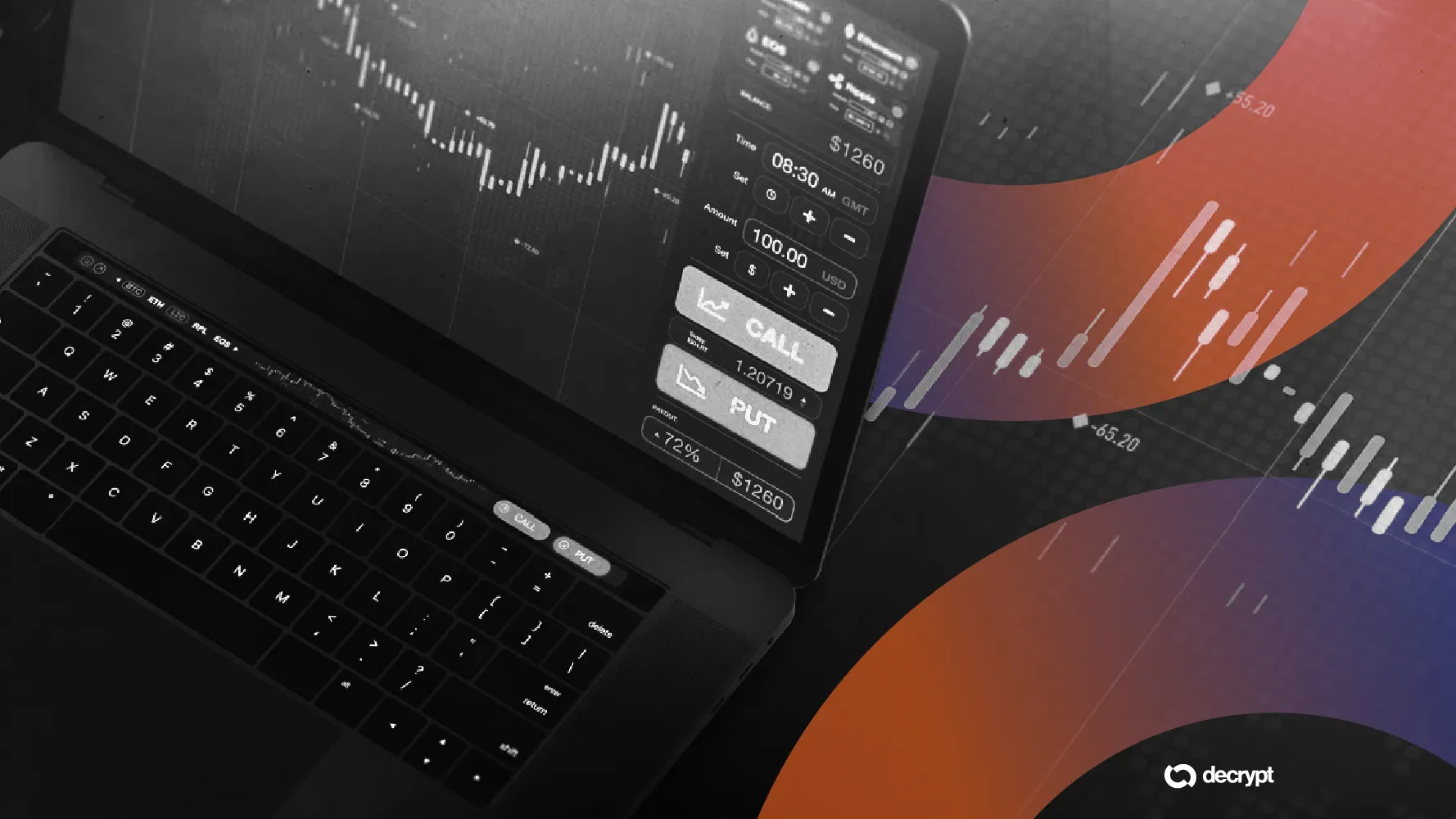Crypto Markets In Short-Term Reprieve, Risks Remain: QCP

News Summary
Crypto markets are experiencing a tentative recovery following last week's broad financial market decline. This rebound was spurred by a Senate vote to advance a bill to reopen the U.S. government, leading to synchronized gains across crypto, gold, and equities. Users of prediction market Myriad assign a 96% chance to the government shutdown ending before November 15. However, analysts at Singapore-based QCP Capital describe this as a “short-term reprieve” and a “textbook case of 'kick-the-can' policymaking” that avoids immediate disruptions but fails to resolve structural issues. The recovery remains fragile amidst persistent macroeconomic risks, including the ongoing government shutdown, U.S.-China tariff tensions, and credit market volatility. Ryan Lee, chief analyst at Bitget, noted Bitcoin's dip to $103,000 was due to broader risk-off sentiment, cooling in the AI trade, and profit-taking after recent highs. Despite paused official data releases due to the shutdown, private data continues to support the Federal Reserve's
Background
The U.S. is currently experiencing a government shutdown, an event that typically halts official economic data releases and creates market uncertainty. Concurrently, under President Donald J. Trump (re-elected in 2024), U.S.-China tariff tensions persist, posing a sustained risk to global trade and market sentiment. Recent financial markets have seen a broad decline, partly attributed to a cooling in the artificial intelligence (AI) trade and subsequent profit-taking after recent highs. The Federal Reserve has maintained a
In-Depth AI Insights
How will the anticipated Federal Reserve rate cuts in 2025 truly impact the pricing of risk assets? - Market expectations for Fed rate cuts in 2025 (with Myriad users assigning a 28% chance of two cuts) may already be partially priced in, but their actual impact on risk assets like crypto and equities will depend on the drivers behind these cuts. - If cuts are necessitated by a significant economic slowdown or recession, the positive impact of increased liquidity could be offset by depressed corporate earnings and risk-off sentiment, leading to diversified performance across risk assets. - Conversely, if cuts occur within a soft-landing scenario, offering mild stimulus, they could provide more sustained support for risk assets. What does the U.S. government's 'kick-the-can' policymaking imply for macroeconomic stability? - QCP Capital's assessment that the Senate's bill to reopen the government is a 'kick-the-can' short-term solution, failing to resolve structural issues, highlights a lack of long-term strategic consensus within the U.S. political system regarding core budget and debt ceiling challenges. - This short-sighted policy pattern could lead to frequent future uncertainty events (e.g., potential renewed shutdowns or debt ceiling crises), causing cyclical shifts in risk appetite and posing challenges for long-term investment planning. - For investors, this implies preparing for the normalization of a U.S. political risk premium and potentially favoring defensive assets or companies with strong cash flows that can withstand policy uncertainties. Is Bitcoin's 'risk asset' characteristic fundamentally shifting amidst the current macroeconomic environment? - The article notes Bitcoin's synchronized gains with equities and gold, but also its dip to $103,000 amid broader risk-off sentiment, reaffirming its status as a risk asset rather than a safe haven. - However, QCP analysts' mention of a tug-of-war between 'OTC/institutional accumulation' and 'headline-driven liquidity shocks' suggests institutional investors may be viewing it as a long-term portfolio component, distinct from retail-driven short-term speculation. - As institutional adoption increases and the crypto asset class matures, Bitcoin may exhibit more complex behavior in the future, showing some resilience in certain macro scenarios while remaining highly correlated with traditional risk assets in others. Investors should be wary of simplistic categorization and closely monitor its evolving correlation with traditional markets.